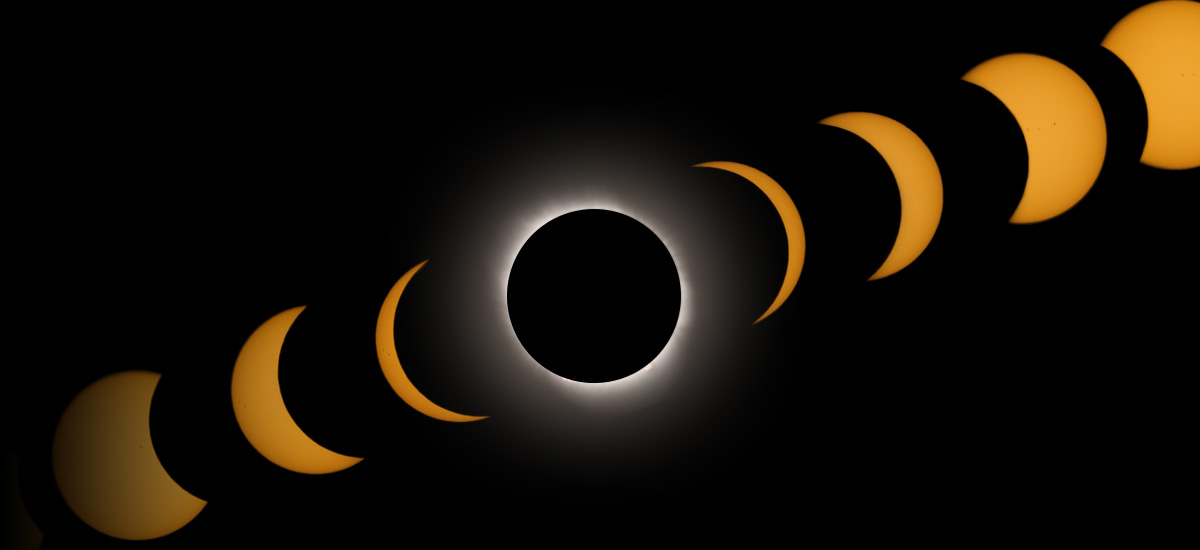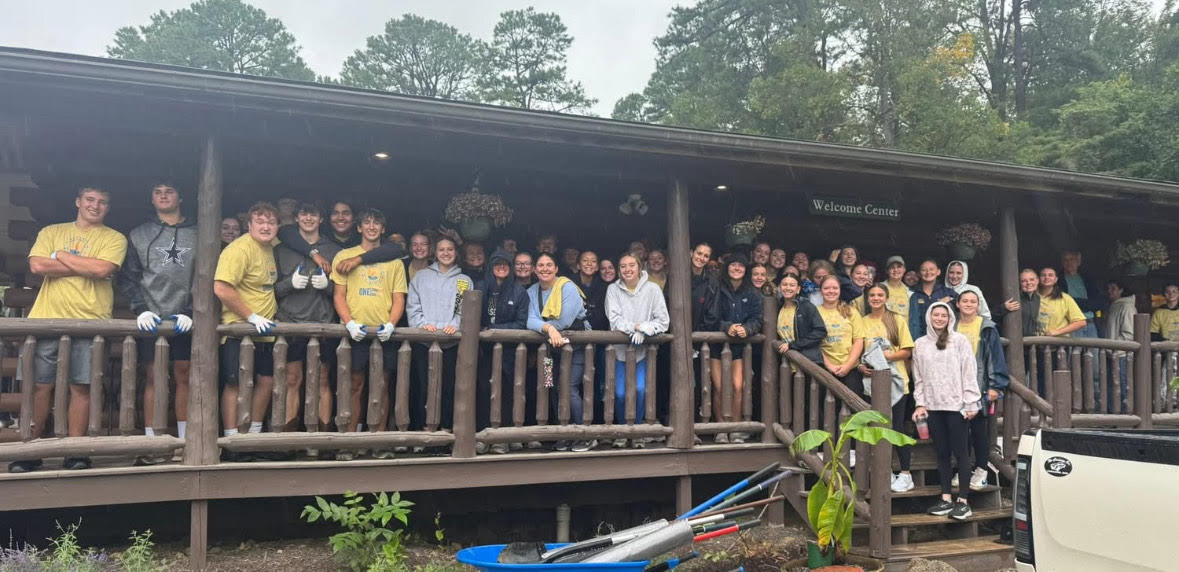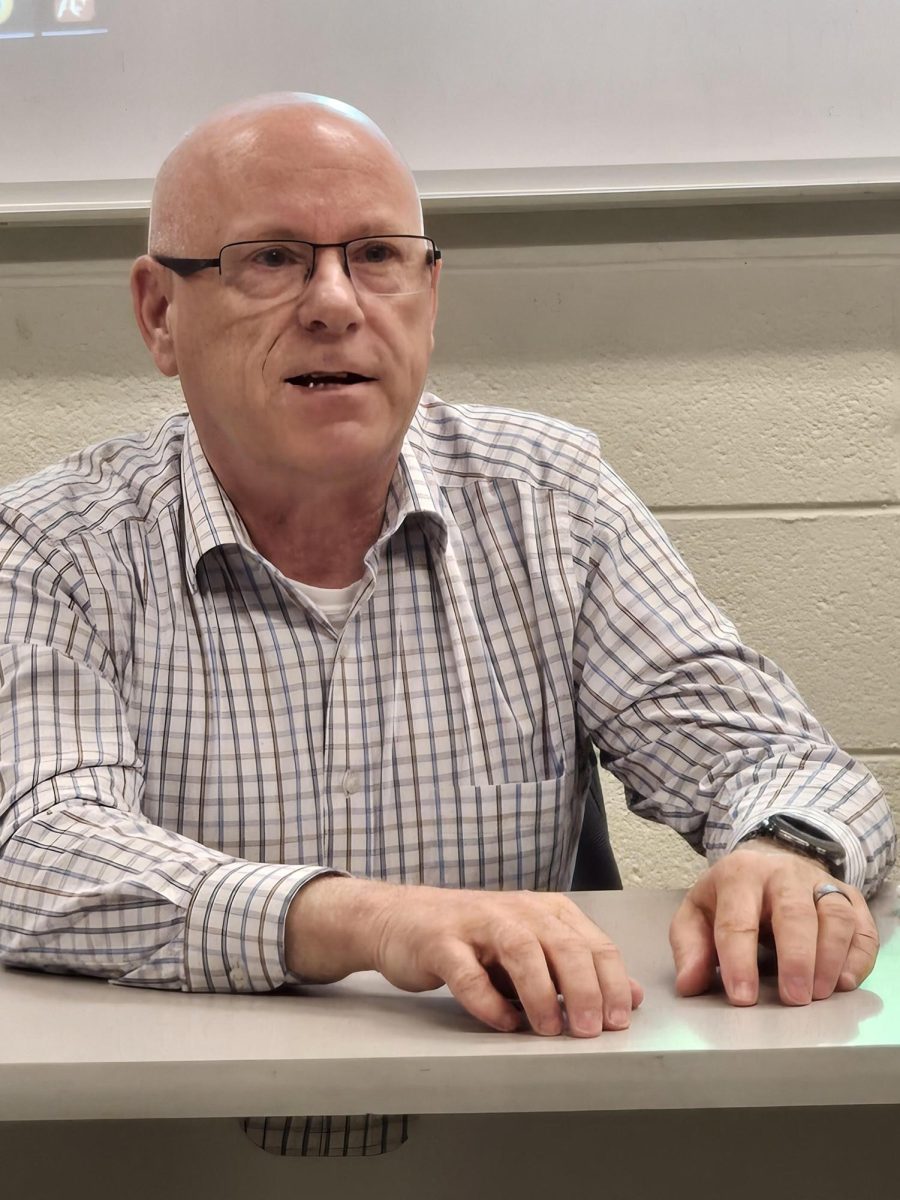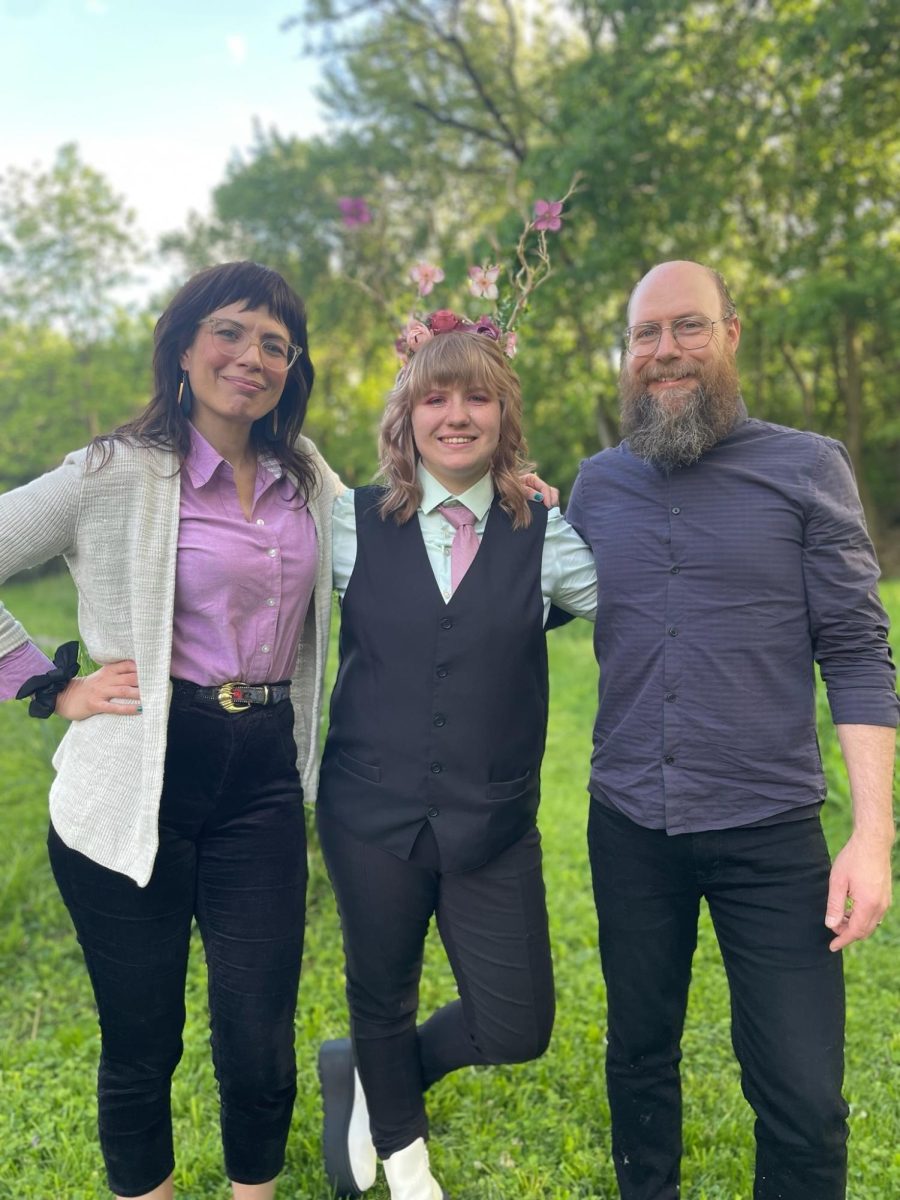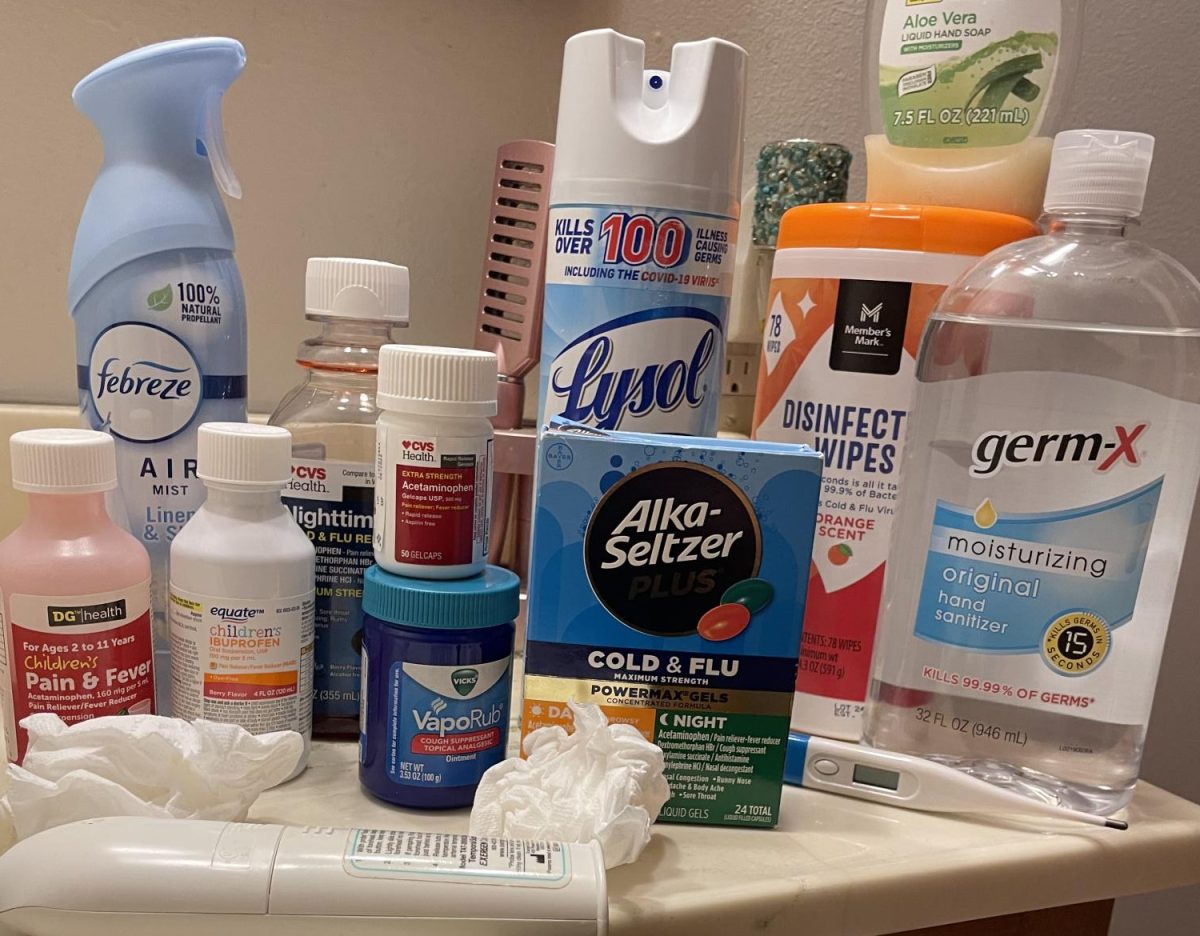Experiencing a total solar eclipse in Ohio is rare. The last visible total eclipse in Ohio was 200 years ago and after the April eclipse, the next total solar eclipse in Ohio won’t occur until the year 2099 (“Ohio Total Solar Eclipse”). Many areas in the Buckeye State will be able to experience total darkness, but places like Lancaster that are outside the path of totality will experience only a partial eclipse.
The 2024 total eclipse will begin on April eighth in Mexico and the band of total darkness will stretch across the United States from Texas to New Hampshire in a matter of a few hours (“2024 Total Eclipse Where & When”). Because Ohio observers need to be somewhere north or west of Columbus, such as Dublin, to experience total darkness, some Lancaster High School staff and students said that they plan to travel for the event.
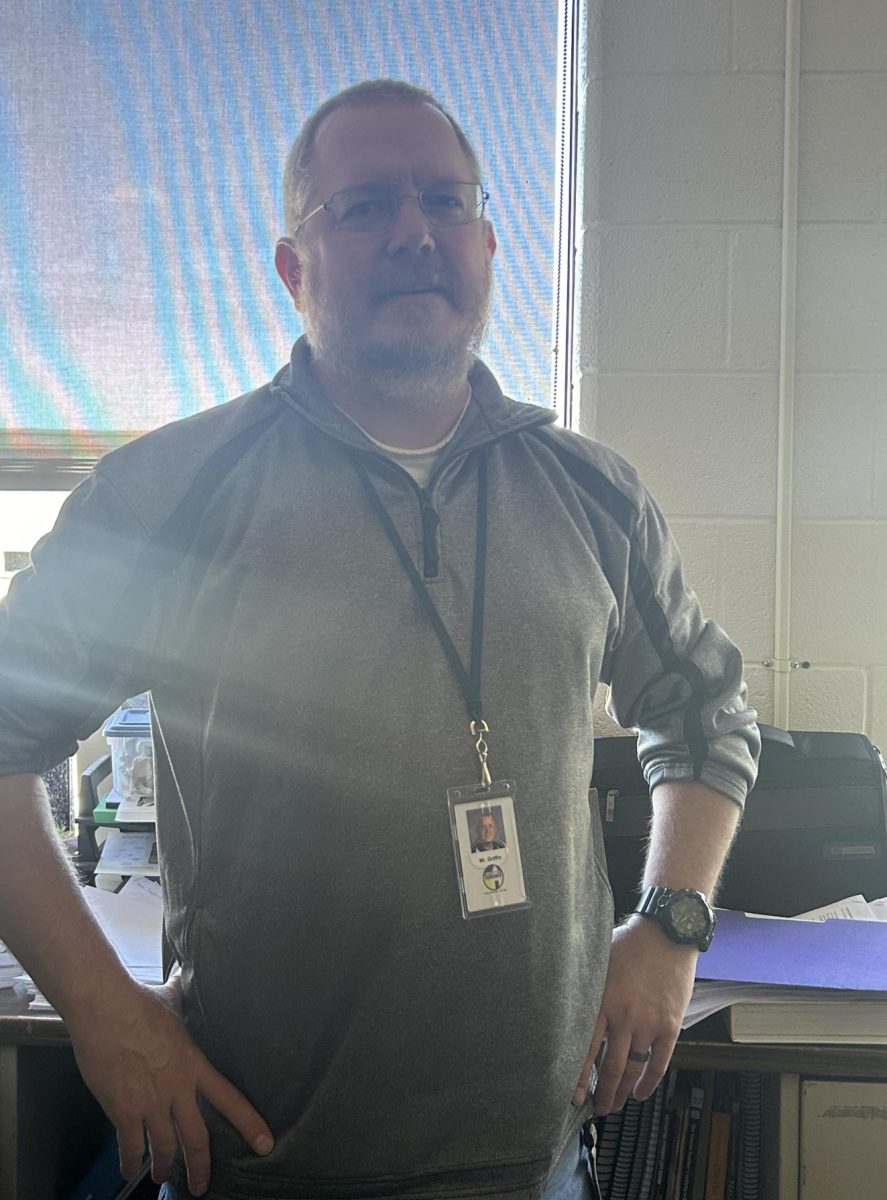
“Here in Lancaster, I think we’re at 97% or something like that. That’s why I’m heading north. It’ll be nearly total here in Lancaster but head a little north or west, and you will be in totality. Let’s hope the clouds stay away,” said LHS astronomy teacher Mr. Griffin.
“I am excited since it is a once in a lifetime experience. I am going to Lima with my husband to view the eclipse so I am excited about a little trip,” said LHS counselor January Almaguer.
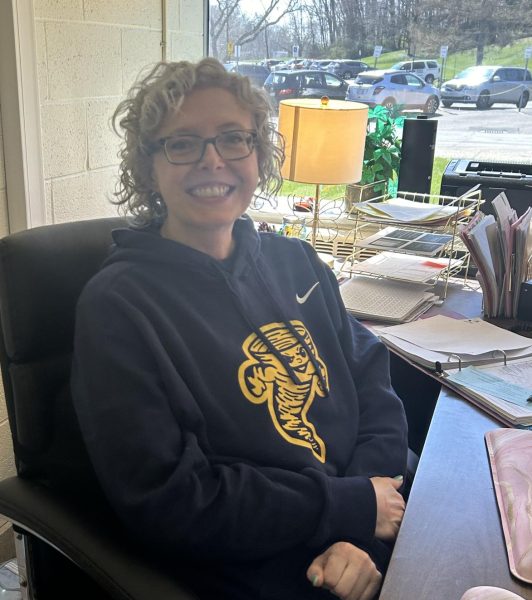
LHS junior Alexander Cade said he wants to find a good spot to watch the eclipse with family and friends.
“I think that the solar eclipse is a very cool and rare experience for everyone. I’ve always wanted to see an eclipse so I can’t wait to have the day off and enjoy it,” said Cade.
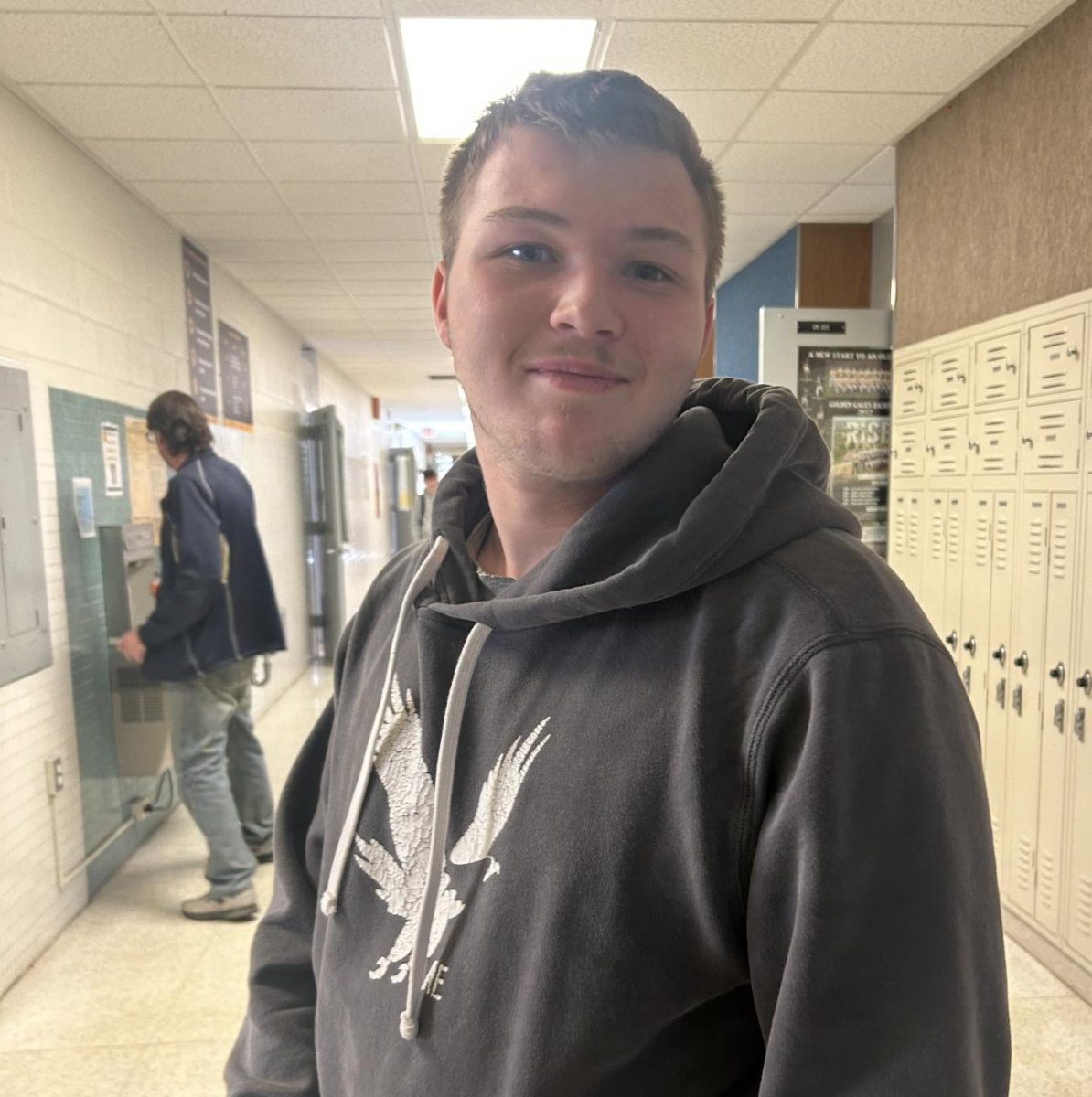
Like Cade, LHS sophomore Lily Gates said she is looking forward to experiencing the solar phenomenon.
“It’s cool and weird. I’ve never seen one before and I’m hoping to see it this year. I’m gonna sleep in before I go outside with my family to watch the eclipse. I’m ready for the actual eclipse part and seeing the world go dark; it seems unreal,” she said.
The rare astronomical event can be dangerous and harmful to people’s eyes so observers must be prepared ahead of time.

“With the proper eyewear or solar filter, anyone can see this eclipse,” said Mr. Griffin.
Be warned because even wearing the darkest sunglasses will not be safe for viewing the sun. According to NASA, to view even partial phases of a total eclipse, people must use solar viewing glasses or eclipse glasses that comply with the ISO 12312-2 international standard (“What to Expect: A Solar Eclipse Guide”).
NASA researchers will use rockets, planes, balloons and on-the-ground observations to research Earth’s reaction to a sudden loss of sunshine including animals.
“Scientists are studying the animal world to see their reaction to the darkness that a total solar eclipse will bring. I’m hoping to catch the shadow bands on a large blanket,” said Griffin.
Shadow bands are thin wavy lines of alternating light and dark that can be seen moving and undulating in parallel on plain-coloured surfaces immediately before and after a total solar eclipse. While scientists still don’t fully understand what they are, shadow bands have been noted throughout history” (“Exploring Shadow Bands”).
The Columbus Zoo and Aquarium plans to provide eclipse viewing glasses and invites guests to enjoy the eclipse while learning about the science behind wildlife research (“Solar Eclipse Solar-Bration”). The zoo’s website suggests that observers arrive early and expect heavy traffic.


